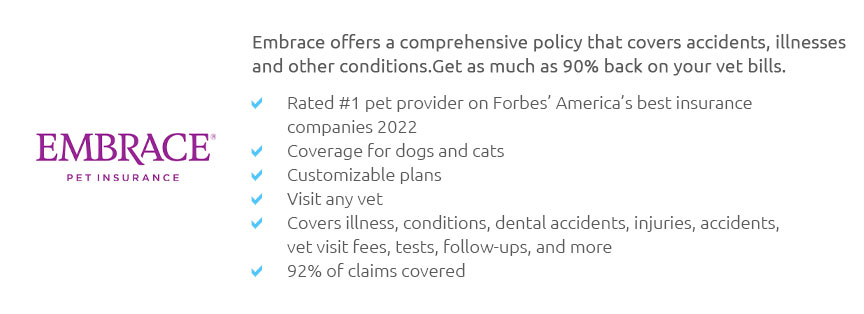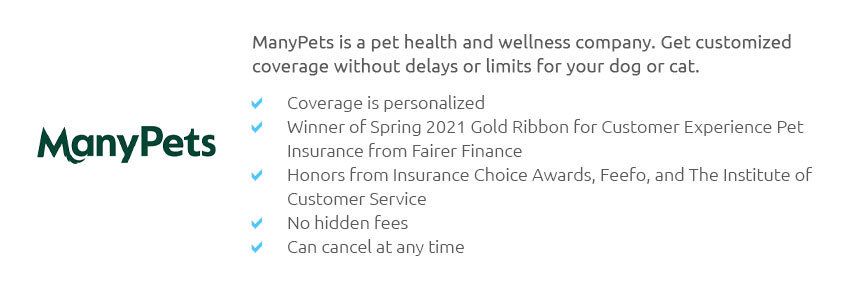 |
 |
 |
 |
 |
 |
|
 |
|
 |
|
 |
|
 |
|
 |
 |
 |
 |
 |
 |
 |
 |
Understanding the Costs of Pet Insurance PlansWith pet ownership on the rise, more people are exploring pet insurance as a viable way to manage the unpredictable costs of veterinary care. But how much do these plans actually cost, and are they worth the investment? In this article, we'll delve into the intricacies of pet insurance pricing, offering insights into what you might expect to pay and what influences these costs. First and foremost, it's important to understand that the cost of pet insurance can vary widely based on several factors. These include the type of pet, the pet's age, breed, and overall health, as well as the coverage level you choose. Generally, monthly premiums can range from as low as $10 to over $100. For example, insuring a young, mixed-breed dog might be on the lower end of the spectrum, while a purebred dog known for genetic health issues could be significantly more expensive. Cats, often seen as less risky than dogs, tend to have lower premiums, but this is not a hard and fast rule. Another critical factor affecting the cost is the level of coverage you choose. Most pet insurance plans offer several tiers, ranging from basic accident-only coverage to comprehensive plans that cover everything from accidents to illnesses and even routine care. Basic plans are usually more affordable, but they might not cover you when unexpected illnesses arise, which is where comprehensive plans come into play. While comprehensive plans are more expensive, they offer peace of mind that many pet owners find invaluable. Furthermore, the deductible amount can significantly influence the monthly premium. Plans with higher deductibles usually have lower monthly costs, while lower-deductible plans are more expensive monthly but might be more economical in the event of frequent claims. It's a balancing act, deciding whether you're comfortable with higher out-of-pocket costs in exchange for lower premiums, or vice versa. As with any insurance, it's crucial to read the fine print and understand the exclusions and limitations of your policy. Some conditions might not be covered, particularly pre-existing conditions, which can be a major consideration if you're switching providers or insuring an older pet. Additionally, some policies might have annual or lifetime payout limits, which can affect how much coverage you'll actually have when you need it. Ultimately, whether pet insurance is a worthwhile investment depends on your financial situation, your pet's health, and your own risk tolerance. Many pet owners find comfort in knowing they can provide the best possible care for their pets without financial strain, while others may prefer to set aside savings for potential veterinary expenses. Frequently Asked QuestionsWhat is the average cost of pet insurance per month? The average cost of pet insurance can vary significantly, but typically, pet owners might expect to pay between $30 and $50 per month for a dog, and $15 to $30 for a cat, depending on the coverage. Are older pets more expensive to insure? Yes, older pets generally cost more to insure because they are more likely to develop health issues, making them a higher risk for insurers. Do pet insurance plans cover pre-existing conditions? Most pet insurance plans do not cover pre-existing conditions. It’s important to check the policy details before purchasing to understand what is and isn't covered. Is it better to have a high deductible or a low one? This depends on your personal financial situation. A high deductible typically means lower monthly premiums but more out-of-pocket costs during a claim, while a low deductible means higher premiums but less expense during claims. How do I choose the best pet insurance plan? When choosing a pet insurance plan, consider factors like your pet's health, your budget, the types of coverage offered, and any exclusions. Comparing different plans can help you find the best fit for your needs. https://www.lemonade.com/pet/explained/pet-insurance-cost/
At Lemonade, a policy for a dog or a cat starts at $10/month. (Plus our affordable pet health insurance has won the approval of authorities like Money.com). https://www.goodrx.com/pet-health/pets/how-to-shop-for-pet-health-insurance
The yearly cost for accident-only coverage averages $200 for dogs and $122 for cats as of 2022. Wellness coverage. Many insurance companies offer additional ... https://money.com/how-much-is-pet-insurance/
On average, full coverage pet insurance for accidents and illnesses costs $53 a month. The same type of insurance plan for cats is significantly ...
|